The Dallas Federal Reserve shared some insights into the health of the US economy for this quarter. The report noted that the increase in sausage demand could offer some insights into how much consumers are tightening their budgets for necessities like groceries.
High prices and inflation have caused a massive downturn in one of the most profitable categories: food and groceries. Now, consumers are turning to ultra-cheap and filling items like pork sausages to get through the week, which could mean a red flag for the job market and the economy.
Pulling Back on Spending
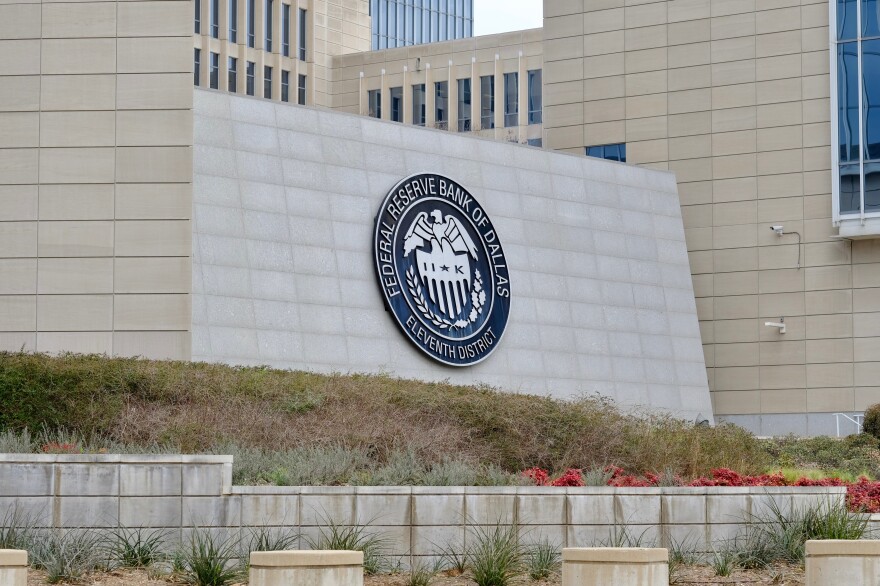
The Dallas Federal Reserve’s Texas Manufacturing Outlook Survey, which was released on Monday, showed that there has been “modest growth” in the dinner sausage category for a major producer.
The report also outlined how the changes in shopping trends showed that consumers are pulling back as inflation bites into their spending budgets.
Sausages and the Economy
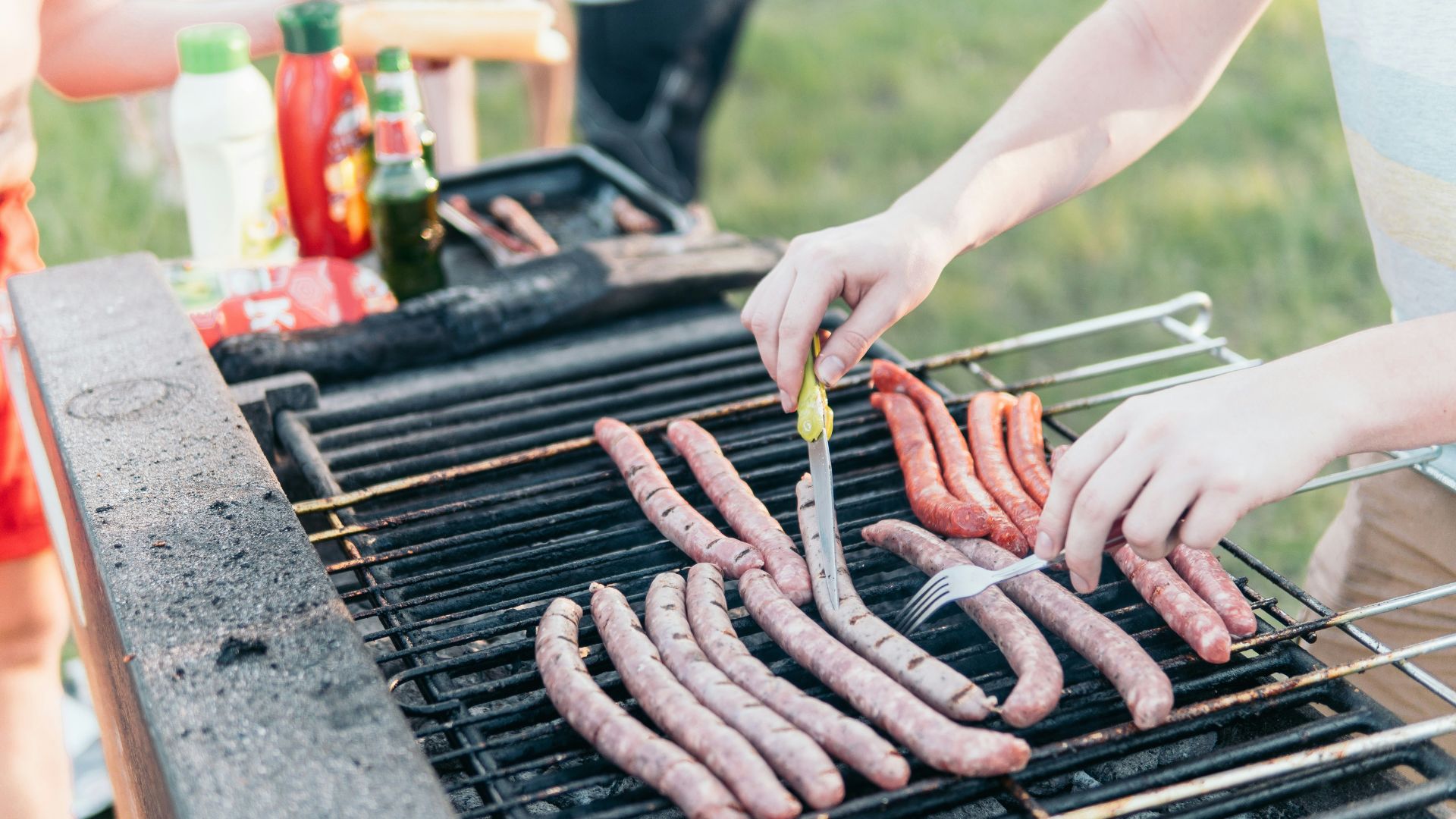
They might seem like an odd pair, but the correlation of sausages being purchased in a given month can show exactly how well the economy is doing at a particular time.
“This category tends to grow when the economy weakens,” the Dallas Fed report showed. This is because “sausage is a good protein substitute for higher-priced proteins and can ‘stretch’ consumers’ food budgets.”
Groceries Are a Hot Topic
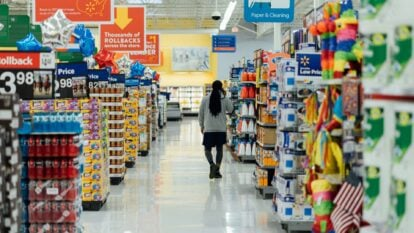
Although annual inflation levels have taken a small dip this year, consumers can’t help but notice that their overall grocery bills are exceedingly higher than they were just a few years ago.
Economic policymakers have deemed the current price level healthy for the average consumer. However, the buying patterns tell a different story. As shown, the regular consumer still feels constricted by prices and needs to cut back.
Post-Pandemic Economy

In addition to a reduction in consumer spending since the COVID-19 pandemic took effect, people have been much more stingy about eating out at restaurants, causing alarm for some execs and CEOs.
In particular, restaurants and fast-food chains primarily targeted at lower-income tax brackets have noticed a sharp dip in sales as some buyers are forced to make their spending dollars stretch further.
Fast-Food Is Now a Luxury Item
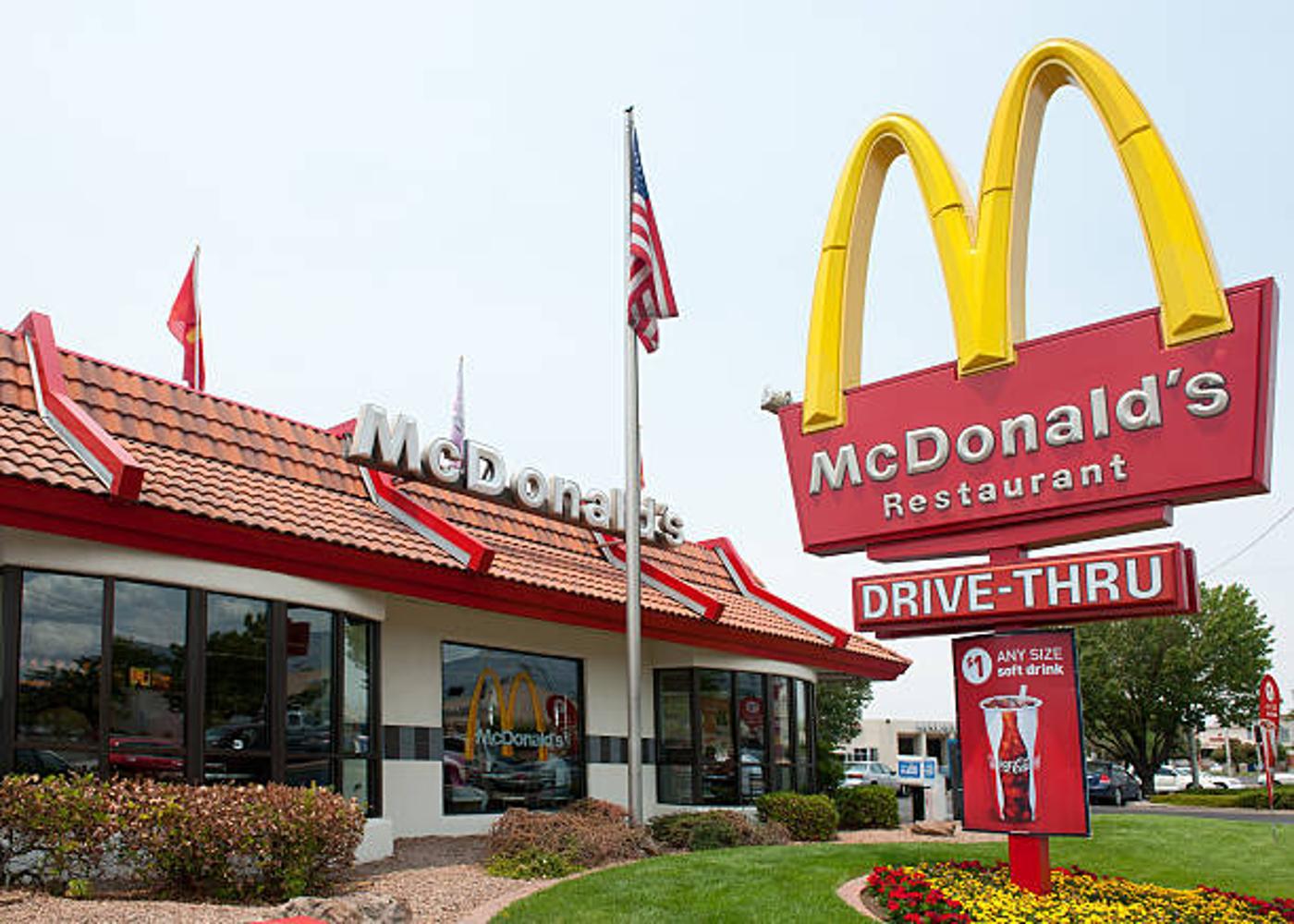
Many people have pointed to the fact that almost 80% of Americans believe that fast food is considered a luxury item despite previously being the cheapest and quickest option available.
The prices have sky rocketed amidst sourcing issues, logistic chain problems, and higher inflation. However, many people also blame ultra-high CEO paydays for the increase in price. In some areas, a Big Mac meal at McDonald’s can cost as much as $18 while the CEO brings in more than $20 million annually.
The Trade Down Theory
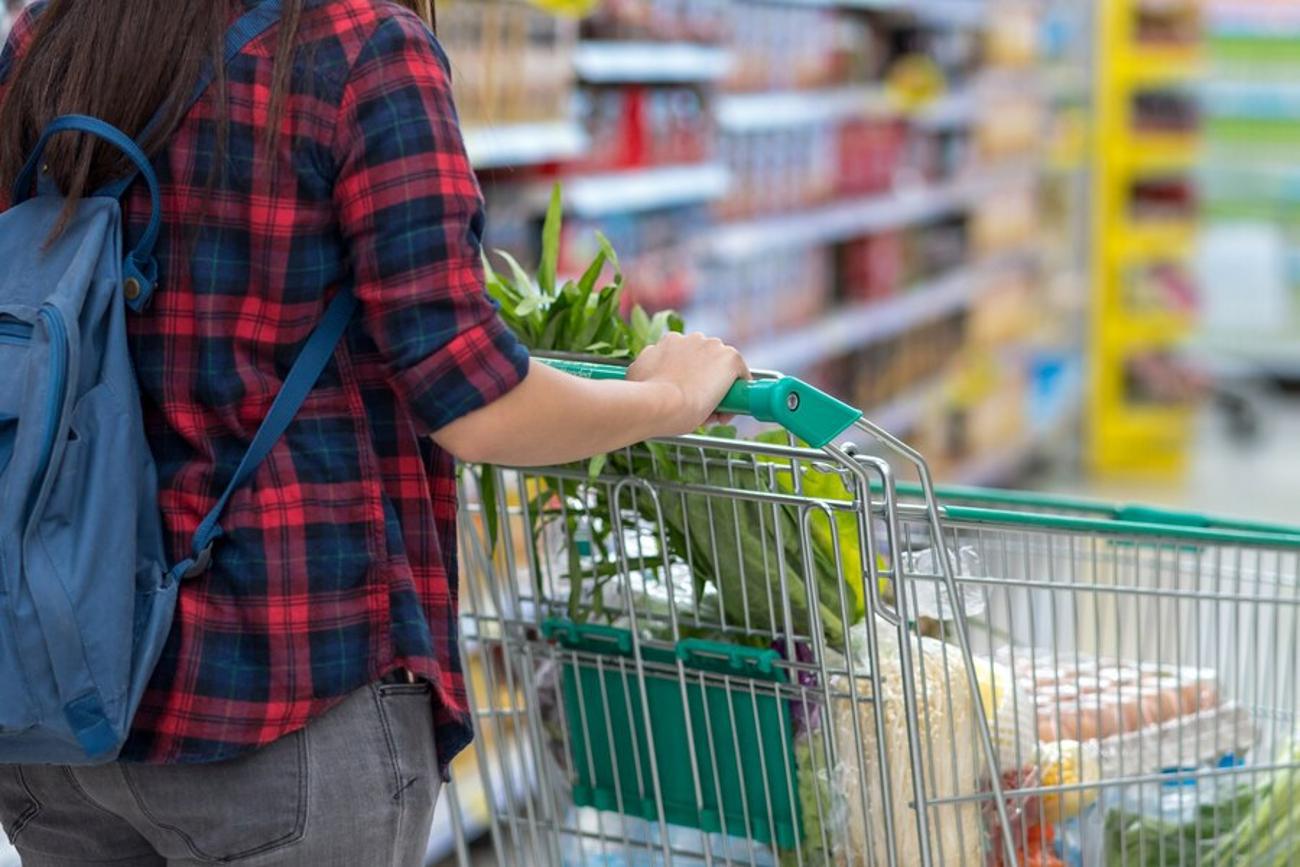
The shift to cheaper dinner meats like sausages also shows a theory that many experts call the “trade down theory.”
Usually, customers select a wide variety of meats like steak, chicken, and pork at even amounts. However, when the prices begin to turn, conscious consumers will begin strategically hunting lower cost items and other alternatives.
Farmers Are Hurting
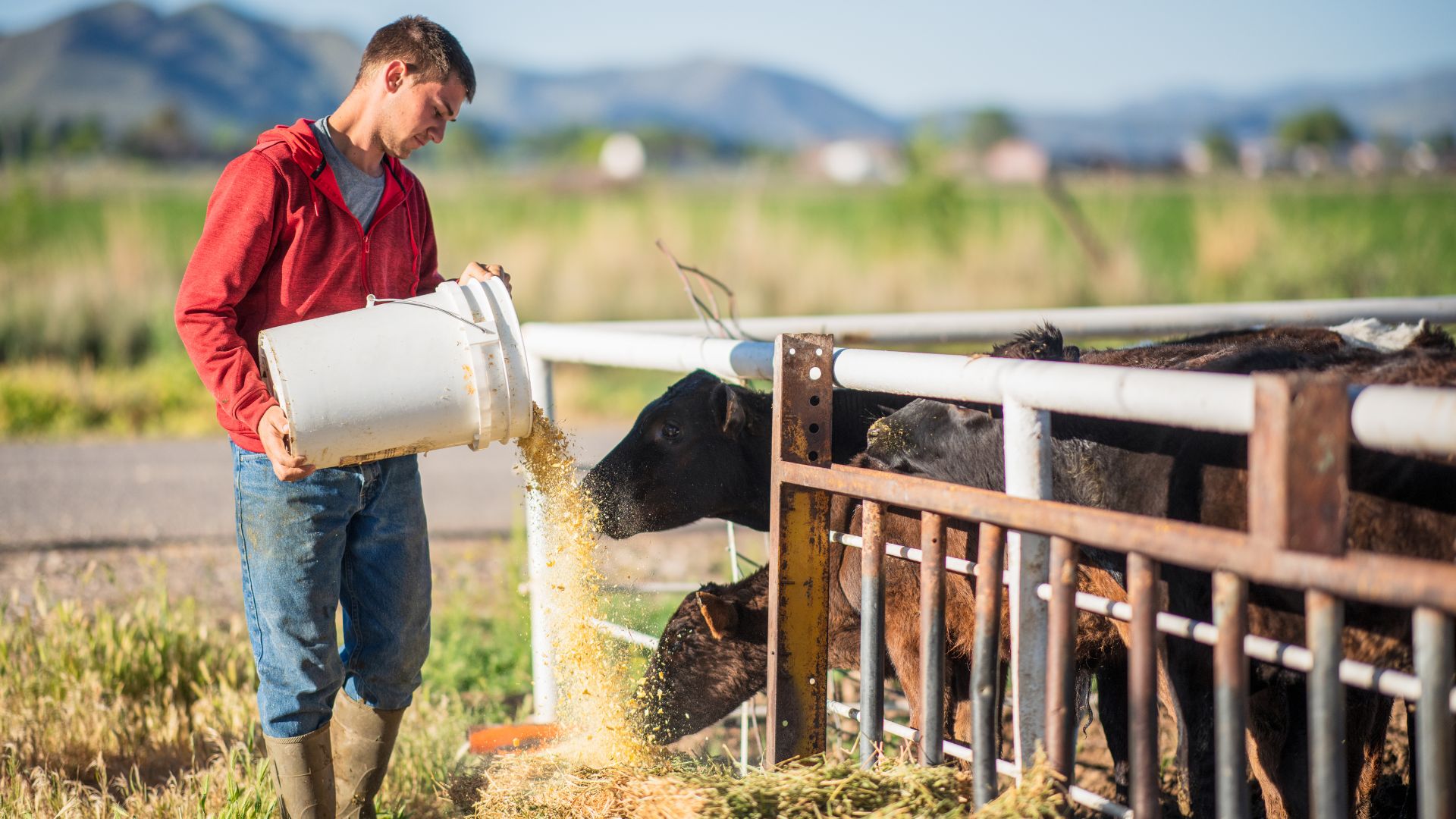
Prices don’t all come down to inflation and greed, however.
Several farmers in the Dallas Fed’s survey say that unpredictable weather seasons and higher costs are “hurting” the agriculture sector as a whole.
Preparing for a Recession
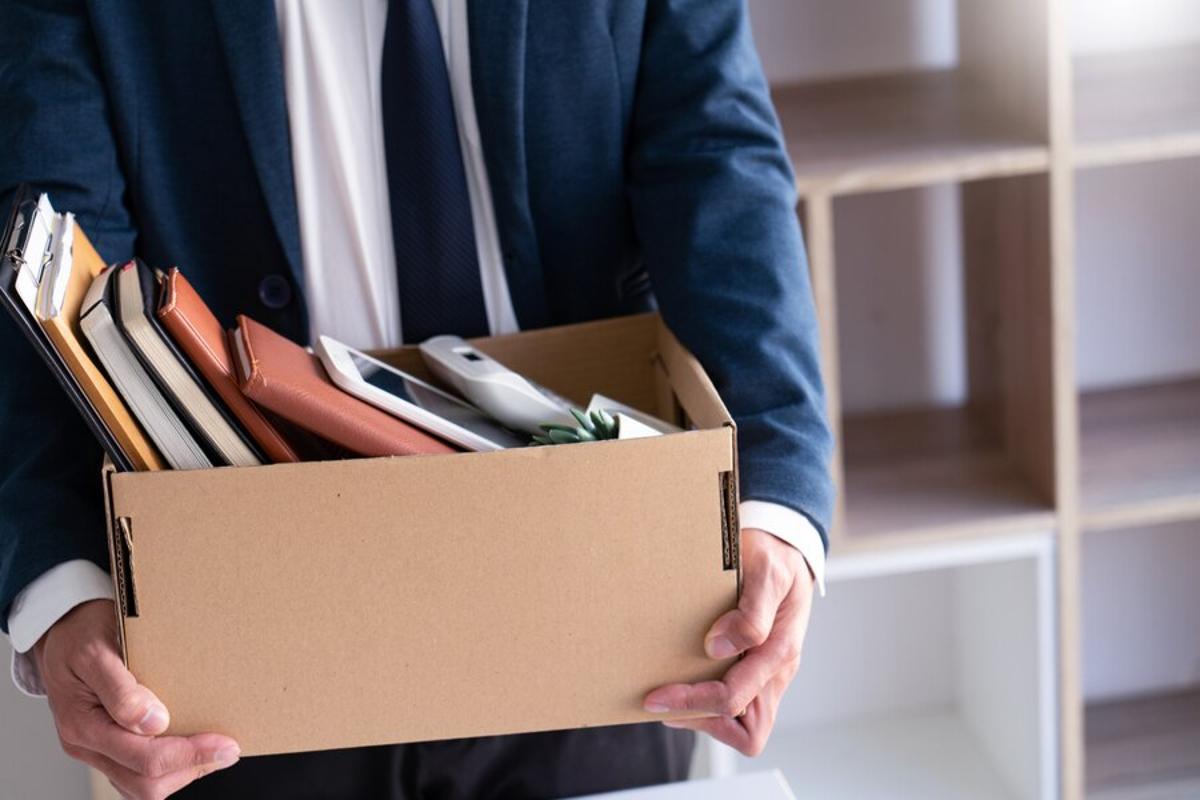
Another expert put the issue much more plainly, a change in consumer trends shows that people are preparing for an inevitable economic recession.
J.P Morgan theorizes that the world will enter a global recession by the end of 2024 or the end of 2025.
How is a Recession Predicted?
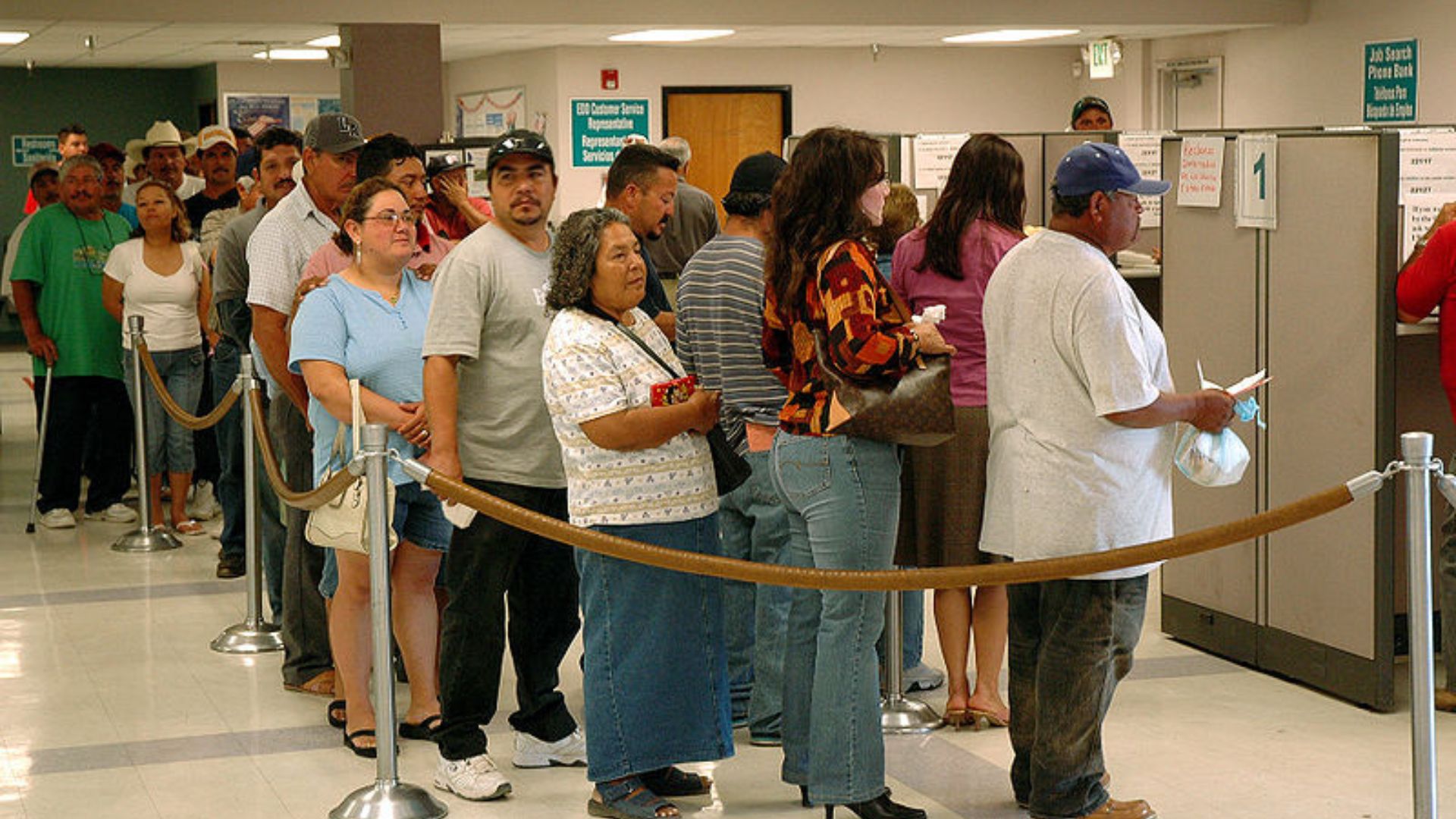
A recession is usually predicted by a number of factors. Things like the unemployment rate, new houses being purchased, and consumer spending can all indicate changes in the economy.
Usually, when the three-month average for national unemployment increases, it’s likely that another recession is coming.
What Is Inflation?

Another common question is the matter of inflation: what is it, and how does it work?
Inflation is known as the gradual loss of purchasing power that is reflected through the rising prices of goods and services over time. When you hear a phrase like “inflation is down” is does not mean that the price of items are down, it simply means that the prices of items are not rising as fast as they have in the past.
How To Prepare for a Recession?

One of the easiest ways to prepare for a recession is to start an emergency savings account and begin living well beneath your means, even if you can afford to spend more.
People with a healthy savings account can get through months of unemployment during dramatic shifts in the market.








































